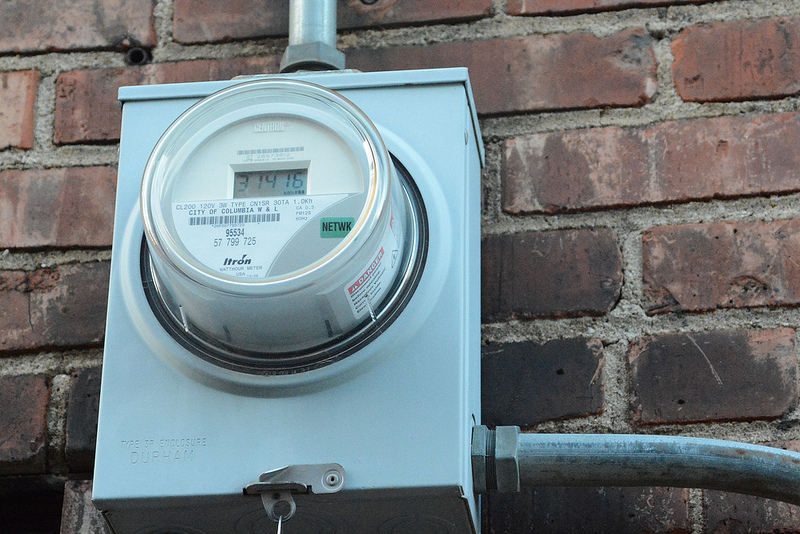Insulation is an important part of your home’s ability to keep a steady temperature throughout the seasons. Its ability to hold in cool and warm air is key to saving money on your energy costs and not sweating in the summer or freezing in the winter.
Insulation is a standard feature in any home regardless of whether the home is in a hot or cold climate. But your home may not have enough insulation, or the insulation may not be doing the job it’s supposed to do. Learn about the following three ways to help you figure out if your home has enough insulation.
Your Home’s Energy Bills Are Always High
Your house shares internal air with the outdoors, a sharing relationship which can cause your energy bills to increase. You may have moved into a new home and you never thought to check the insulation to see if it was adequate. Whatever the reason or the cause, you need to get into your attic and evaluate the quality of your insulation to get your home energy costs under control.
Ceilings, Walls, and Floors Are Always Cold in Winter
Drywall and paneling will feel warm to the touch when your home is properly insulated. The same goes for flooring, even though heat rises. If you find that one or all of these elements of your home are cold, you probably don’t have sufficient insulation in your home.
Insulation is more than fiberglass bats in your attic. It’s also in the walls and under your floors. While not every area of your home will get insulation, you should have plenty of insulation in strategic places throughout your home. Have an expert determine where and how insulation was installed in your home and what to do to remedy the situation if you don’t have enough of it.
You Face Drafts, Drafts, and More Drafts
Getting an occasional draft from under a door or a window is not uncommon. The seals on doors may have dried out. Caulk in a window frame may have dried and shrunk. A lesser cause of drafts is a building settling and creating gaps. All of these issues are manageable as long as they’re minor.
Sometimes repairing a minor issue is more difficult than not making repairs because of the size of the problem. However, they can point to poor insulating material that simply wasn’t doing its job. Large drafts can cool down or heat up your home, which can cause your HVAC system to work harder to bring temperatures back to normal.
The above signs are ones that you’ll find when your home isn’t properly insulated. Use them when you audit your home to find out if you need to improve the insulation to save money on your home energy costs.
